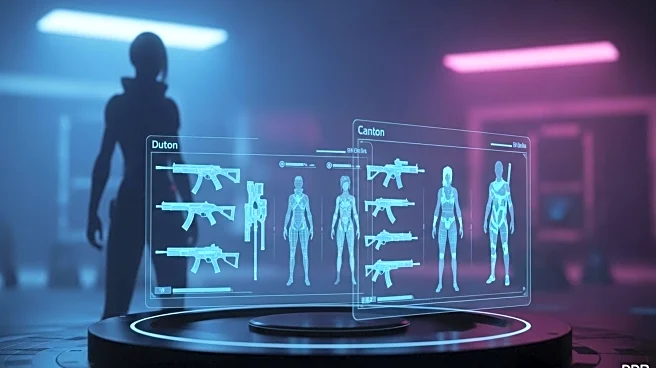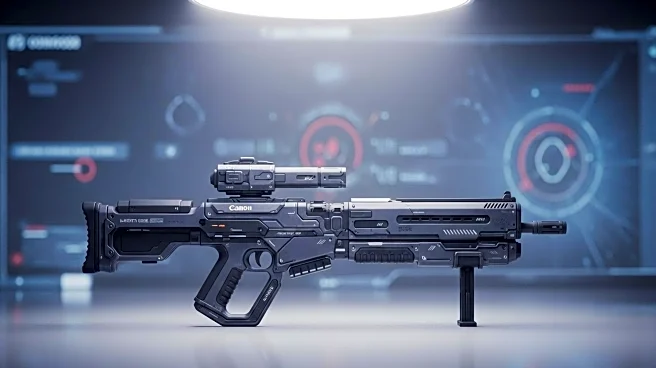What's Happening?
Battlefield 6's campaign consists of nine missions, offering players a mix of combat scenarios and collectible hunting. The campaign is estimated to take 4-5 hours to complete on normal difficulty, with additional time required for exploring maps and achieving specific objectives. Players can find 30 dog tags and a T-Rex dinosaur toy collectible throughout the missions. The game includes 43 achievements/trophies, some tied to campaign completion and others related to multiplayer tasks. The campaign missions include titles such as 'Always Faithful,' 'Operation Gladius,' and 'Night Raid,' providing varied gameplay experiences.
Why It's Important?
The structure of Battlefield 6's campaign reflects the evolving nature of single-player experiences in first-person shooters. The inclusion of collectibles and achievements adds depth to the gameplay, encouraging exploration and replayability. The campaign's length and design may influence player engagement and satisfaction, impacting the game's overall reception. As players seek immersive and rewarding experiences, the balance between campaign content and multiplayer offerings becomes crucial. The game's approach to achievements and collectibles may set a precedent for future titles, shaping industry standards for player incentives and engagement.
What's Next?
As players delve into Battlefield 6's campaign, developers may monitor feedback to refine gameplay elements and address any issues. The game's post-launch support could include updates or expansions to enhance the campaign experience. The addition of battle royale-related achievements suggests potential future content, expanding the game's scope and appeal. Players may continue to explore the campaign's missions and collectibles, sharing strategies and experiences within the gaming community. The game's success could influence the development of future Battlefield titles, guiding decisions on campaign design and player incentives.
Beyond the Headlines
The campaign's focus on collectibles and achievements highlights the growing trend of gamification in video games, where players are rewarded for exploration and skill mastery. This approach may influence how developers design single-player experiences, balancing narrative depth with interactive elements. The emphasis on achievements reflects broader cultural shifts towards recognition and accomplishment in digital spaces, impacting player motivations and engagement. As gaming continues to evolve, the integration of such elements may shape the future of interactive entertainment.










